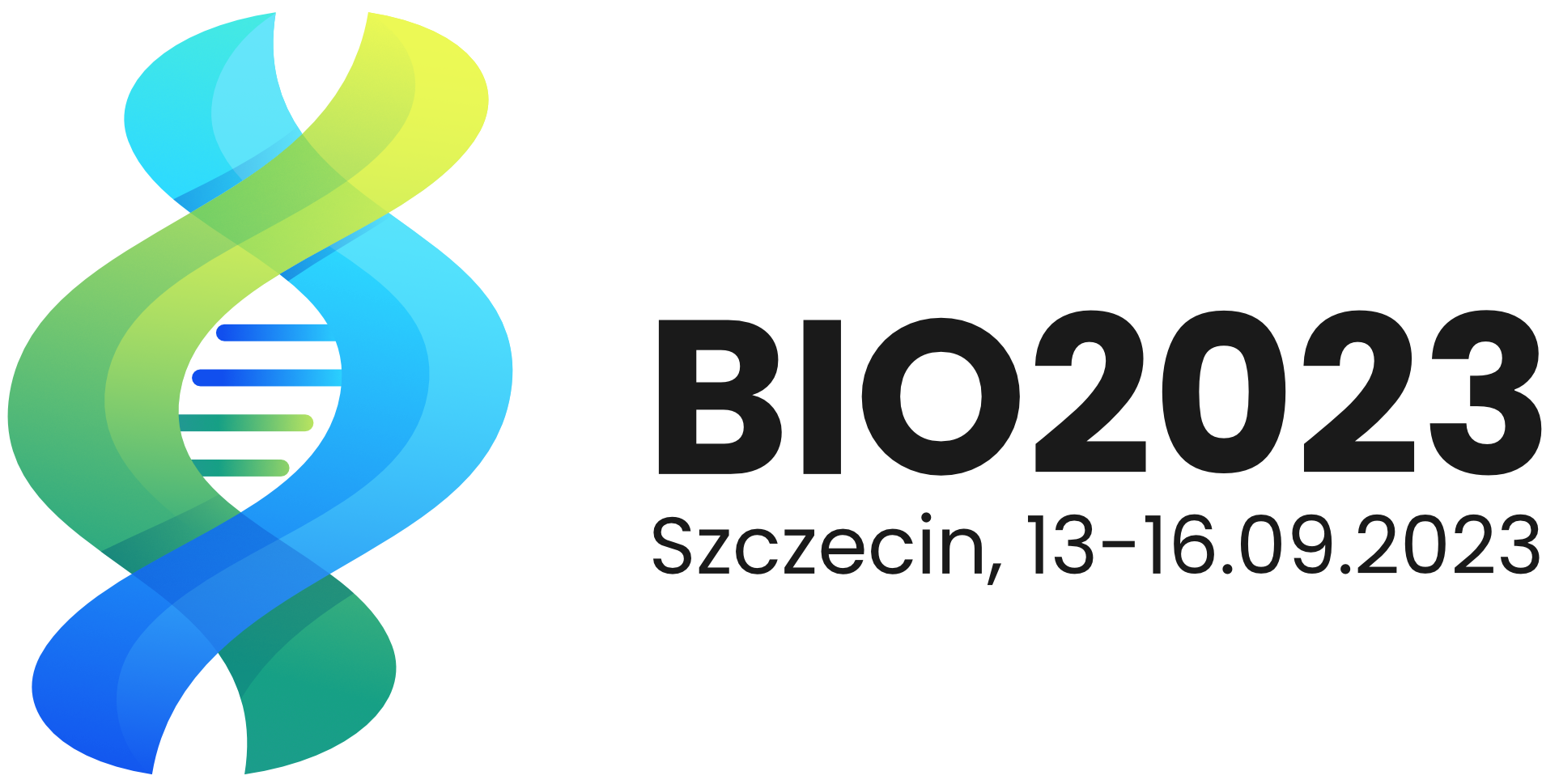Poster Sessions
last update: 10.09.2023
POSTER SESSIONS
POSTER SESSION, THURSDAY, 14 Sept 2023
| PRESENTING AUTHOR | POSTER | SESSION/POSTER NUMBERS |
| Dorota Kostrzewa-Nowak | The use of phosflow cytometry assay to assess the impact of physical effort on T cells’ activation | P.01.1 |
| Dawid Stępnik | Autofluorescence extraction as a powerful tool for adequate gating and pure sorting of rat neural system isolates | P.01.2 |
| Monika Joanna Kniotek | Studies on the immunomodulatory effects of bacteriophages on functions of immune cells – a preliminary report | P.01.3 |
| Marta Puchta-Jasińska | Profiling of RNA expression in barley seeds maintained in long-term storage | P.01.4 |
| Mariusz Radkiewicz | LC-MS/MS profiling of Lactococcus and Leuconostoc excretome: vitamins B, short-chain fatty acids and lactic acid in culture media | P.04.1 |
| Antoni Wrzosek | Mitochondrial BKCa channels in senescent vascular smooth muscle cells | P.05.2 |
| Jakub Pagacz | ROS generation patterns within bc1 network of heme cofactors | P.05.3 |
| Monika Żochowska | Loss of BKCa channel leads to change of mitochondrial redox homeostasis in glioma cells | P.05.4 |
| Wojciech Grabiński | Pathophysiological effects of the main protease (Mpro) of SARS-CoV-2 on mitochondria | P.05.5 |
| Marek Szklarczyk | RNA-seq reveals massive down-regulation of genes in cytoplasmic male-sterile beet plants | P.05.6 |
| Adrianna Budzińska | Nitrogen-containing bisphosphonates disturb calcium homeostasis in isolated endothelial mitochondria | P.05.7 |
| Kinga Ciechanowska | New insights into the helicase domain of human Dicer and its biochemical properties: ATPase and RNA rearrangement activities | P.06.1 |
| Robert Pasieka | Elucidating the functions of U7 snRNA-dependent lincRNAs in human cells | P.06.2 |
| Agnieszka Szczepańska | Impact of RNA and DNA G-quadruplexes on human Dicer activity | P.06.3 |
| Weronika Szukała | MCPIP1 controls transcripts coding for important regulators of embryogenesis | P.06.4 |
| Paweł Piłat | N4BP1 is a novel ribonuclease found in P-bodies | P.06.5 |
| Błażej Przystajko | Identification of long non-coding RNAs (lncRNAs) and study of their biological significance in mitochondria of Arabdopsis thaliana | P.06.6 |
| Fatma Nur Bal | Subcellular localization of ncRNAs in primary mouse astrocytes | P.06.7 |
| Julian Zacharajasz | The dynamics of miRNAs expression in the postnatal mouse pituitary gland and insights into cell-type specific miRNA regulation in pituitary cells | P.06.8 |
| Katarzyna Kulik | The importance of sulfur and selenium atoms in wobble uridines of bacterial tRNAs for reading NNA- and NNG-3'-ending codons; the thermodynamic stability of RNA duplexes with S2U and Se2U modifications | P.06.9 |
| Patrycja Szczupak | Studies on the affinity of the bacterial 2-selenouridine-tRNA synthase (SelU) enzyme for its prenyl pyrophosphate substrates | P.06.10 |
| Elżbieta Cecerska-Heryć | Renalase, dopamine and norepinephrine – potential markers of the development of hypertension in patients with chronic kidney disease | P.09.1 |
| Patrycja Stodolak | The importance of selected arachidonic acid derivatives as potential biomarkers of survival and course in COVID-19 patients | P.09.2 |
| Sara Trzos | N-glycosylation of CD4+ T cells correlates with TNFα and IL-4 levels in Hashimoto's thyroiditis | P.09.3 |
| Łukasz Tytuła | Osteogenic potential of human stromal fibroblast HS-27A cell line | P.10.1 |
| Marta Orlicka-Płocka | The role of angiomiotin-like 2 (AMOTL2) in human pluripotent stem cells and its effects on the Hippo signaling pathway | P.10.2 |
| Ashwini Khaladkar | Unraveling the regulatory role of the splicing factor 3 complex in hematopoietic stem cell aging | P.10.3 |
| Krzysztof Sitko | The role of heat shock protein 90 in atopic dermatitis | P.11.1 |
| Anna Edyta Sciuk | L-asparaginases in cancer cell proliferation and apoptosis | P.11.2 |
| Zuzanna Tracz-Gaszewska | Cellular degradome in the multiple myeloma biology research and new drug design | P.11.3 |
| Marta Pelon | Gankyrin protein as a modulator of response to bortezomib in multiple myeloma | P.11.4 |
| Aleksandra Chorążewska | Streptavidin-based FGF1 oligomer as HSPGs targeting agent – toward novel drug carrier for treatment of pancreatic cancer | P.11.5 |
| Krzysztof Ciura | Coiled coil and GFPp-based assemblies of FGF1 – precise targeting of HSPGs and promising drug delivery agents for pancreatic cancer cells | P.11.6 |
| Katarzyna Regulska | Ramipril may overcome platinum resistance in ovarian cancer – bioinformatic analysis of TCGA datasets | P.11.7 |
| Emilia Samborowska | Serum metabolites as a potential biomarkers in children with type 1 diabetes | P.11.8 |
| Kamila Ostrowska | RNA methylation signatures as potential regulators of HNSC pathogenesis | P.11.9 |
| Magdalena Woźna-Wysocka | Novel mouse models of Huntington’s disease distinguishing transcript and protein toxicities | P.14.1 |
| Patrycja Świergiel | Deciphering the molecular mechanisms underlying the sdRNAs synthesis mediated by FUS | P.14.2 |
| Mashooq Ahmad Dar | Alzheimer's disease biomarker candidate miR-200a-3p synchronizes the regulation of neurodegenerative pathways and the cell cycle | P.14.3 |
| Anna Teresiak | lncRNAs in neoplasms of the head and neck area and their biological and diagnostic significance | P.14.4 |
| Dariusz Latowski | A new model for fungal dual cultures | P.17.1 |
POSTER SESSION, FRIDAY, 15 Sept 2023
| PRESENTING AUTHORS | POSTER | SESSION/POSTER NUMBERS |
| Kavya Kondaka | Yeast DNA topoisomerase II targeting: the search for an antifungal compound with a novel mechanism of action | P.03.1 |
| Aleksandra Kuplińska | Candida albicans O-acetyl-L-homoserine sulfhydrylase (Met15) characterisation with the use of a novel RP-HPLC-MS method | P.03.2 |
| Marta Gliźniewicz | Phage-antibiotic synergy (PAS) in Staphylococcus aureus/ Candida albicans dual-species community | P.03.3 |
| Urszula Czyżewska | Can lipid profile be an indicator of increased polyene tolerance in Malassezia pachydermatis strains? | P.03.4 |
| Sandra Chmielewska | Changes in the lipid profile of Candida albicans during the acquisition of polyene tolerance | P.03.5 |
| Laura Pardyak | Different fates of pathogenic Leptospira serovar Hardjo species within in vivo and in vitro model | P.03.6 |
| Anna Kowalczyk | Bacterial microbiota of chromium-contaminated water biocenosis – resistance, biodiversity, biofilm and siderophore production | P.03.7 |
| Tadeusz Kaczorowski | New insights into diversity, adaptation strategies and bioprospecting of microbes living in Arctic deep-sea hydrothermal vent systems | P.03.8 |
| Sebastian Dorawa | Characterization of LysTt72, a lytic endopeptidase from the extremophilic Thermus thermophilus MAT72 phage vB_Tt72 | P.03.9 |
| Szymon Rutecki | Oxidative stress contributes to carboplatin and paclitaxel-dependent premature senescence of normal peritoneal cells | P.07.1 |
| Dominika Drab | Reactive nitrogen species (RNS)-dependent formation of macrophage extracellular traps (METs) by bone marrow-derived macrophages (BMDMs) | P.07.2 |
| Aleksandra Polikowska | Assessment of lipid peroxidation products in schizophrenia patients | P.07.3 |
| Paulina Strugała-Danak | Exploring the antioxidant potential of purple potato extract: A comprehensive study on lipid membrane protection, anti-radical and antidiabetic activity | P.07.4 |
| Anna Lichota | Assessment of oxidative potential of compounds in the development of gut microbiota dysbiosis | P.07.5 |
| Karolina Niska | Polyphenol-rich composition AP119 shows antioxidant and anti-inflammatory properties in human Hek293 cells and PBMCs | P.07.6 |
| Laura Banaszkiewicz | A Design of Experiments Strategy to select a unique composition of extracts rich in polyphenols | P.07.7 |
| Natalia Pieńkowska | Nitroxide-containing amphiphilic polymers mitigate oxidative stress in human neuroblastoma SH-SY5Y cells induced by overexpression of tau protein | P.07.8 |
| Grzegorz Bartosz | Antioxidant properties and antiproliferative effects of various forms of garlic | P.07.9 |
| Kacper Kut | Formation of a purple product in the reaction of ABTS● with proteins | P.07.10 |
| Paulina Furdak | Effect of 6-hydroxydopamine on the glutathione level in SH-SY5Y human neuroblastoma cells | P.07.11 |
| Beata Filipek | Elevated level of DNA damage and impaired DNA repair of oxidative DNA lesions in patients with multiple sclerosis | P.07.12 |
| Sylwia Ziółkowska | The association of base-excision repair genes expression and the occurrence of non-alcoholic fatty liver disease | P.07.13 |
| Monika Maciejewska | Verification of the senescence algorithm in patients with lung cancer treated with chemotherapy | P.08.1 |
| Robert Kleszcz | Vismodegib and the Wnt canonical pathway inhibitor PRI-724 affect tongue squamous cell carcinoma CAL 27 cell line | P.08.2 |
| Michał Rakowski | The signaling role of ergothioneine | P.08.3 |
| Patrycja Rachubik | The Role of Axin1 in the Insulin-Dependent Regulation of Glucose Uptake in Cultured Rat Podocytes | P.08.4 |
| Klaudia Grochowalska | GPR81 Regulates Podocyte Lipid Accumulation in Hyperglycemia | P.08.5 |
| Aleksandra Gędaj | Interaction of multivalent galectins with N-glycans attached to fibroblast growth factors fine-tuning their cellular signaling | P.08.6 |
| Dominika Żukowska | Receptor clustering mechanism is employed by galectins to control transduction of signals by FGFRs | P.08.7 |
| Agnieszka Grzelak | Differences in response of 2D and 3D breast cancer cultures against modulation of estrogen-dependent signal pathways | P.08.8 |
| Paulina Gregorczyk | The role of N-glycosylation in FGFR1 trafficking between the plasma membrane and the nuclear envelope | P.08.9 |
| Robert Nowak | Does physical effort cause changes in expression of selected chemokine and interleukin receptor genes in peripheral blood leukocytes? | P.08.10 |
| Sławomir Lasota | The role of EGFR redistribution in the electrotaxis of mouse 3T3 fibroblasts | P.08.11 |
| Anna Adamiok-Ostrowska | Ciliary gene TRIP11 suppresses adhesion and migration of renal cancer cells | P.08.12 |
| Justyna Śmiałek-Bartyzel | BacSp222 as the first proinflammatory bacteriocin recognized by TLR2/TLR6 heterodimer | P.08.13 |
| Marta Wojnicka | The biochemical characterization of Dicer1e, a truncated variant of human ribonuclease Dicer | P.08.14 |
| Karolina Kozal | Impact of nutrient availability and hypoxia-inducible factors on breast cancer invasive potential | P.08.15 |
| Piotr Czarnota | Rb1 protein is not responsible for induction of TGF-β2 gene expression after BRAFV600E kinase inhibition with PLX4720 | P.08.16 |
| Aleksandra Solecka | Regnase-2 reduces invasiveness of glioblastoma cells by down-regulation of metalloproteinase 2 | P.08.17 |
| Weronika Sowińska | Regnase-2 inhibits glioblastoma cell proliferation | P.08.18 |
| Jakub Kochan | Construction of a set of novel transposon vectors for efficient silencing of protein and lncRNA genes via CRISPR interference | P.08.19 |
| Mateusz Wawro | A novel transposon-based platform for fluorescent imaging and analysis of stress granules in eukaryotic cells | P.08.20 |
| Malgorzata Lasota | The use of a supramolecular carrier with a tyrosine kinase inhibitor (nilotinib) in targeted anticancer therapy of bladder cancer | P.08.21 |
| Malgorzata Piechota | Understanding Nucleolar Stress Management through the Lens of CHIP Ubiquitin Ligase | P.08.22 |
| Damian Matyśniak | P2Y2 nucleotide receptor as the regulator of glioma motility | P.08.23 |
| Angelika Długosz-Pokorska | New Uracil Analog- U-359 Can Reverse Resistance to Taxol in MCF-7 Cancer Cells | P.08.24 |
| Agnieszka Łukasiak | Effect of Quercetin on mitoBKCa Channel and Mitochondrial Function in Human Bronchial Epithelial Cells Exposed to Particulate Matter | P.12.1 |
| Piotr Bednarczyk | The role of the potassium channel in damage caused by urban particulate matters | P.12.2 |
| Piotr Koprowski | Investigating the impact of mutations on ROMK channel activity: a novel bacterial assay and in silico model | P.12.3 |
| Jakub Hoser | The role of ion transport in the prevention of epithelial damage | P.12.4 |
| Joanna Jasińska | The role of infrared light in modulation of mitochondrial large-conductance calcium-activated potassium channel | P.12.5 |
| Karolina Pytlak | Lack of BKCa channel affects mitochondrial function in human bronchial epithelial cells | P.12.6 |
| Patrycja Bełdzińska | Platinum nanoparticles as cisplatin modulators – direct interactions and biological effects | P.13.1 |
| Marcin Zakrzewski | Platinum nanoparticles and their interactions with daunorubicin | P.13.2 |
| Monika Moskwa | Dynamics of S-adenosyl-L-homocysteine hydrolase from Pseudomonas aeruginosa revealed by frequency-domain measurements of fluorescence anisotropy | P.13.3 |
| Kamil Płuciennik | Changes in human erythrocyte morphology under the influence of non-functionalized polystyrene nanoparticles with different diameters | P.13.4 |
| Helena Cichocka | Anchoring of the Respiratory Syncytial Virus (RSV) fusion peptide depends on the membrane composition | P.13.5 |
| Kinga Lewtak | Seeds of Virginia mallow as a source of antifungal and antibacterial compounds | P.14.1 |
| Karolina Truchan | BMP-2 with ERK inhibitor and Phenamil effectively enhance osteogenesis of human adipose-derived stem cells cultured on SrO or ZnO modified bioactive glass-PLGA composites in static and dynamic cultures | P.14.2 |
| Agata Poniewierska-Baran | Growth of mesenchymal stem cells (MSC), gingival fibroblasts (GF) and periodontal cells (PDL) on semi-crystalline PEEK and PEKK polymers as potential materials in dental implantology - preliminary study. | P.14.3 |
| Marcin Chmielewski | Hybrid support for scalable, high-performance oligonucleotide synthesis | P.14.4 |
| Magdalena Mnichowska-Polanowska | The new innovative method for the early detection of a blood-borne biomarker of an invasive fungal infection | P.14.5 |
| Marta Fiołka | Death pathways of Candida albicans cells after the action of Venetin-1 nanoparticles from the coelomic fluid of Dendrobaena veneta earthworm | P.14.6 |
| Kamil Adamiak | Markers of toxicity and cell-cell communication through extracellular vesicles in primary astrocytes exposed to polystyrene nanoparticles | P.15.1 |
| Alicja Targońska | Autophagy inhibition promotes increased exosomes secretion in vascular smooth muscle cells, what imitates senescence phenotype. | P.15.2 |
| Katarzyna Piszczatowska | Role of plasma – derived small extracellular vesicles (sEVs) in the pathogenesis of chronic rhinosinusitis | P.15.3 |
| Patrycja Kupnicka | The effect of perinatal fluoride exposure on morphine-related neuroinflammation | P.15.4 |
| Marta Przymuszała | Efficient CRISPR/Cas9-mediated correction of DMD exon deletion in Becker muscular dystrophy patient-derived induced pluripotent stem cells | P.16.1 |
POSTER SESSION, SATURDAY, 16 Sept 2023
| PRESENTING AUTHORS | POSTER | SESSION/POSTER NUMBERS |
| Katarzyna Woźniak | Structural study of methylenetetrahydrofolate reductase from Pseudomonas aeruginosa | P.20.1 |
| Adam Kozik | Prospects for the use of sorafenib in potential targeted pharmacotherapy of bladder cancer | P.YS.1 |
| Kacper Bugla | Dimethyl sulfoxide (DMSO) as a source of interference in research related to sulfur metabolism | P.YS.2 |
| Anna Richert | Myosin VI expression profile in mouse epididymal epithelium | P.YS.3 |
| Anna Misterka | Imatinib mesylate (STI-571) and its complex with Congo red in regulation of growth, survival and migration of bladder cancer | P.YS.4 |
| Weronika Machelak | The role of GDF11 in the gastrointestinal tract | P.YS.5 |
Honorary and Scientific Patronages

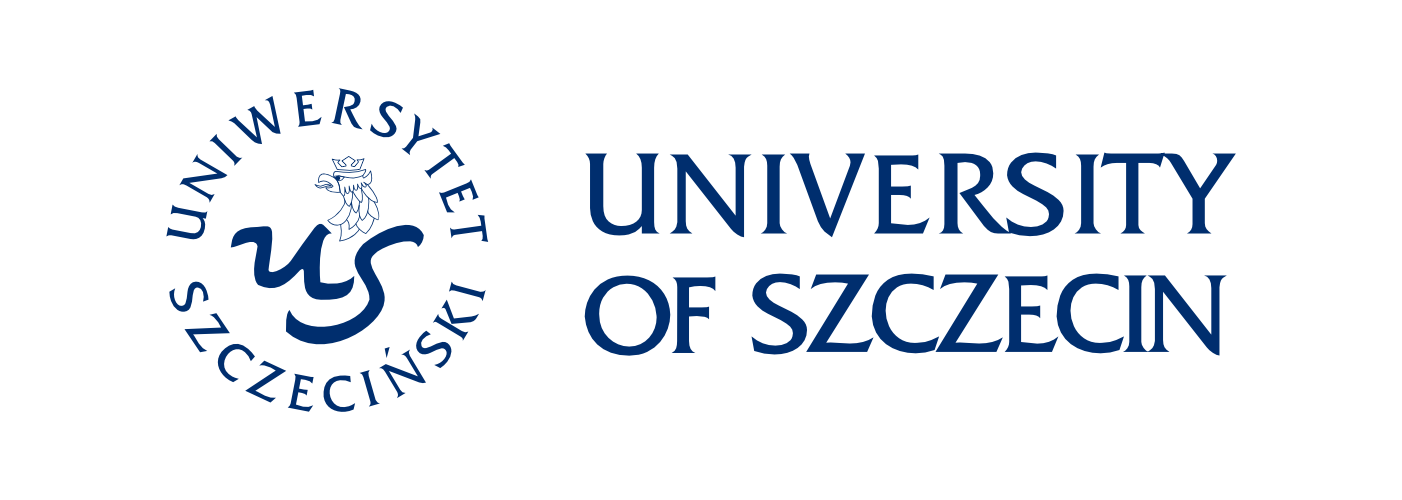
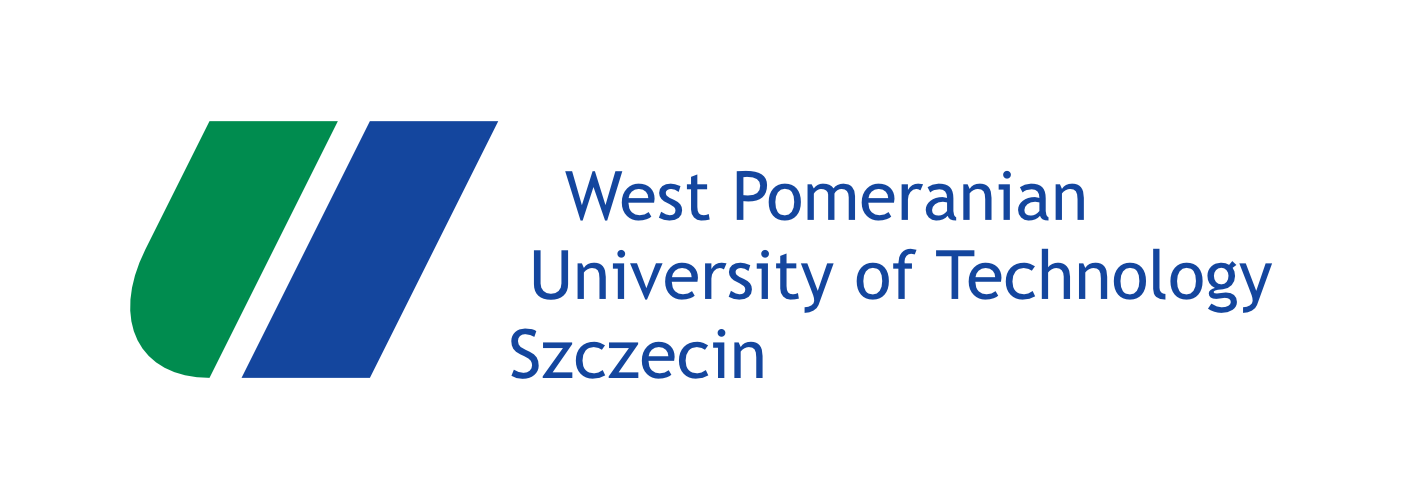
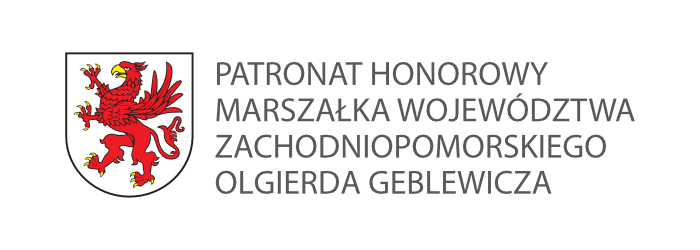


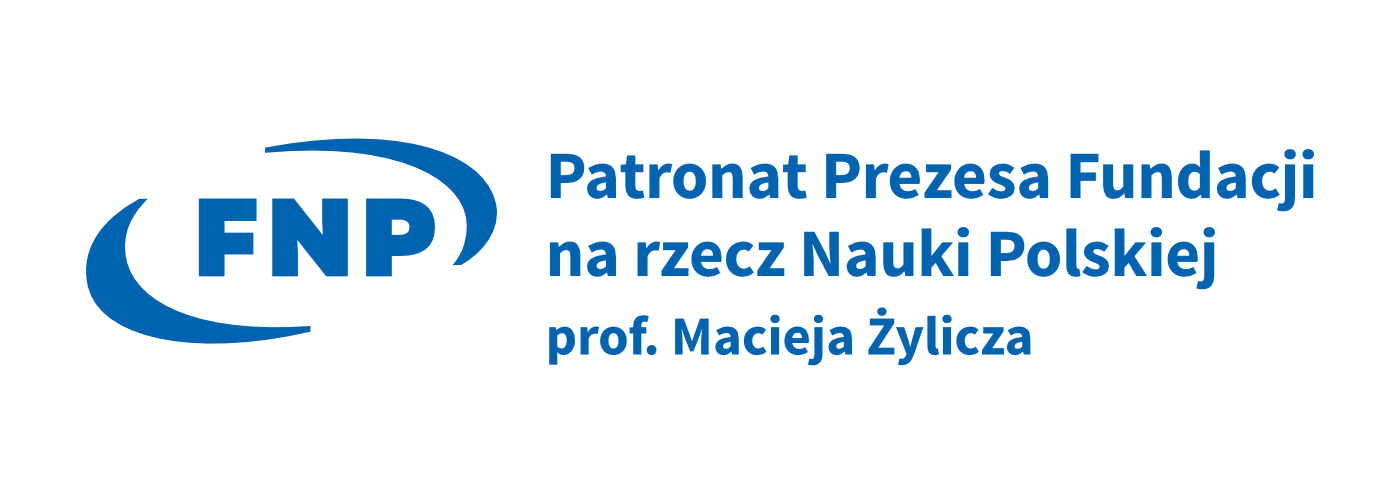







Media Partner
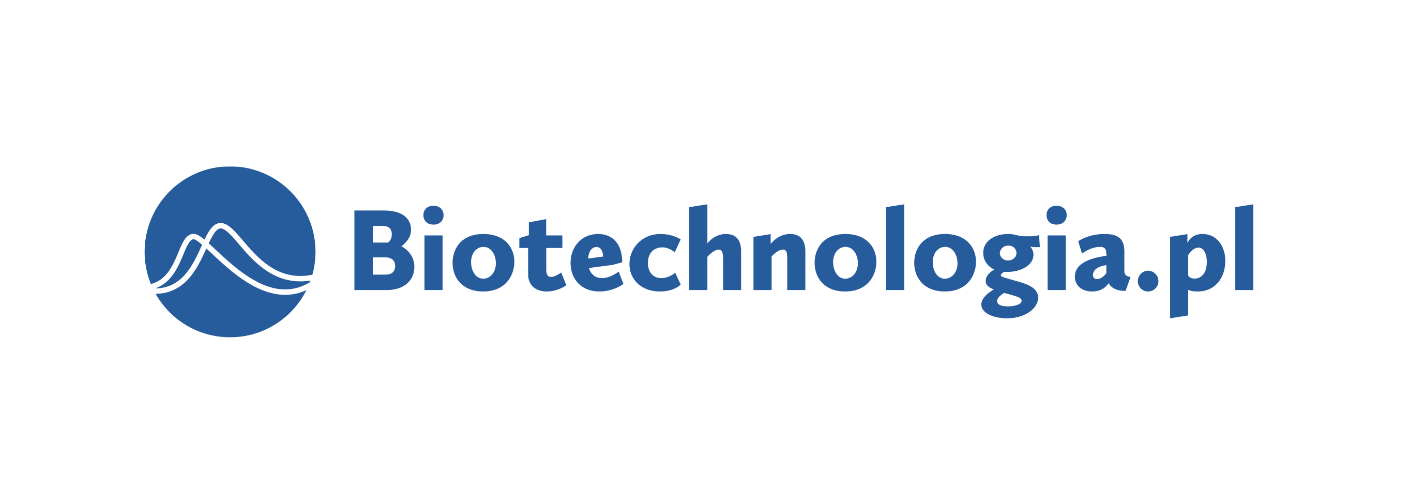


Project entitled: 5th Congress BIO2023 - Szczecin co-financed from the State budget under the program of the Minister of Education and Science under the name "Excellent Science" project number: DNK/SN/546993/2022. Amount of financing PLN 100,000, total project value PLN 458,300
Task description: the main aim of the planned conference is to present the latest notions and original sudies in the field of Life Sciences (biochemistry, cell biology, biophysics, biology molecular, biotechnology and (bio)medicine).
